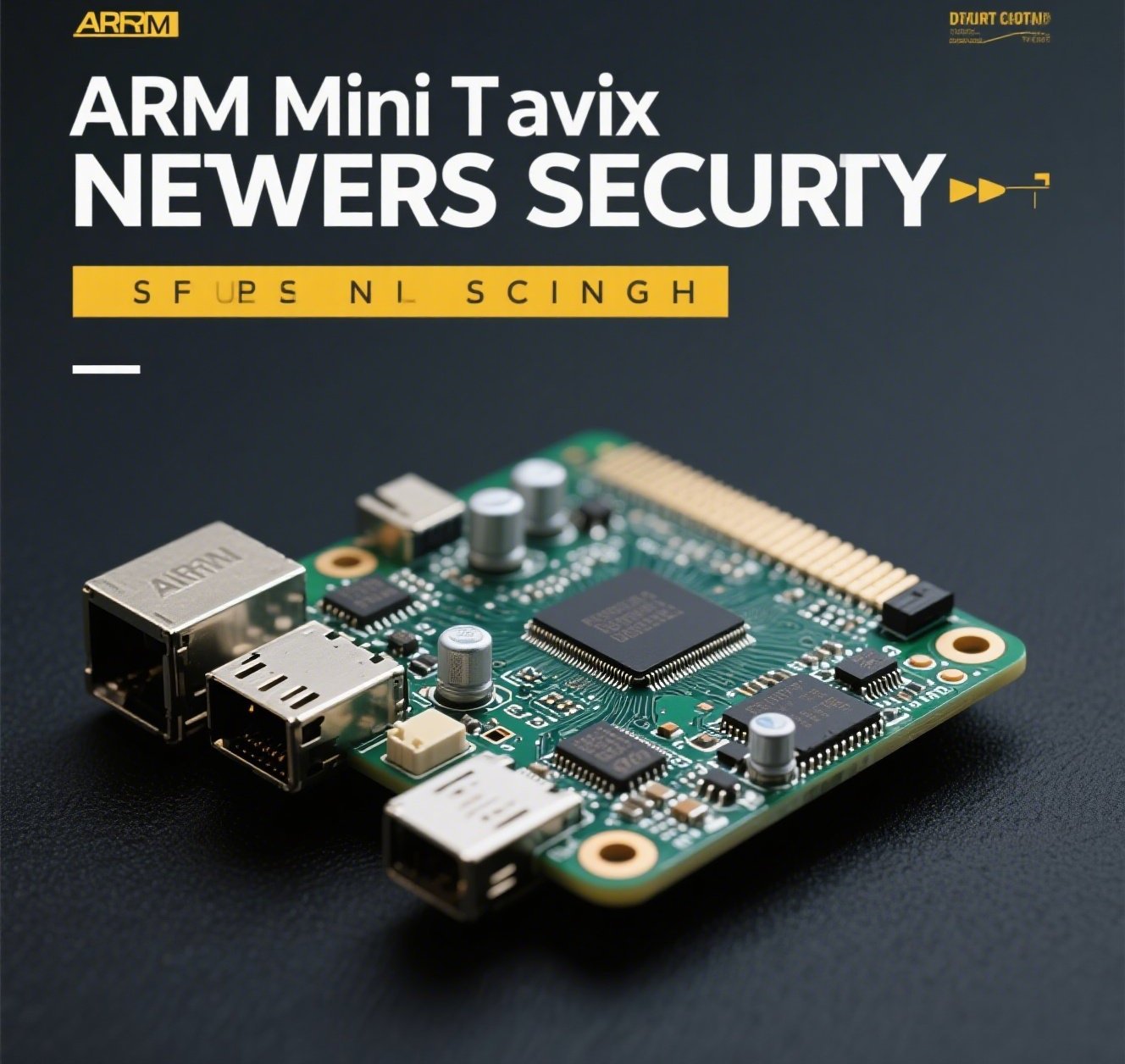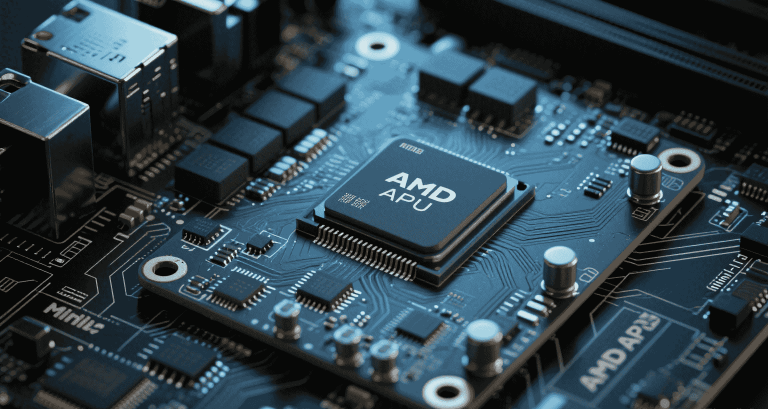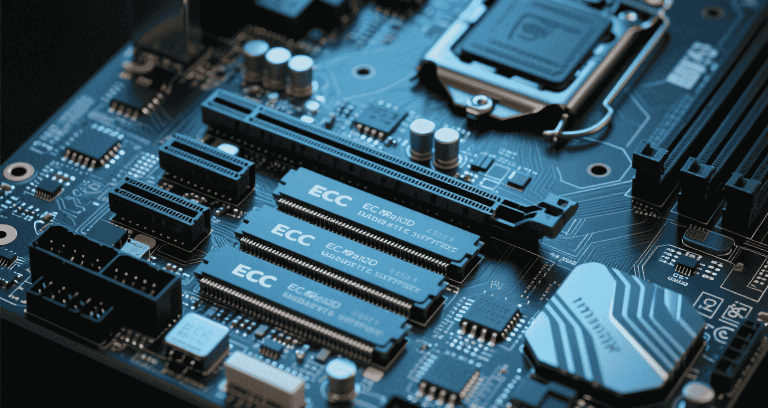ARM Mini-ITX Boards for Network Security: Design and Selection Guide
Learn how to design and select ARM Mini-ITX boards for network security applications with this comprehensive guide.

Table of Contents
- Introduction
- The Evolution of Network Security Device Architectures
- Benefits of ARM Mini-ITX Boards for Network Security
- Drawbacks of ARM Mini-ITX Boards for Network Security
- Core Hardware Requirements for Network Security Appliances
- ARM SoC Selection Considerations
- Key Hardware Specifications in ARM Mini-ITX Boards
- Firmware and Software Stack
- Typical Use Cases and Deployment Scenarios
- Design and Integration Challenges
- Comparison with x86-based Network Security Platforms
- Next-Gen ARM SoCs with AI Offload
- Q&A
- Conclusion
“Powerful protection in a compact package: ARM Mini-ITX Boards for Network Security.”
Introduction
Welcome to this in-depth guide on ARM Mini-ITX boards for network security. If you’re building compact, efficient, and capable appliances, this overview will help you make informed choices.
- Low power usage perfect for 24/7 operation
- Small footprint ideal for edge deployments
- Growing ecosystem support across major Linux distributions
The Evolution of Network Security Device Architectures
Network security hardware has undergone substantial transformation. Originally, large monolithic x86 servers were the only viable platforms. Over time, demands for efficiency and lower power led to embedded and ARM-based alternatives.
- Dedicated rack-mounted x86 servers
- Embedded x86 appliances
- Compact ARM Mini-ITX solutions
| Era | Architecture | Power Consumption |
|---|---|---|
| 2000s | x86 Rack Servers | High |
| 2010s | x86 Embedded Systems | Moderate |
| 2020s | ARM Mini-ITX Boards | Low |
“Transitioning to ARM reduces energy costs without compromising capability.”
Benefits of ARM Mini-ITX Boards for Network Security
ARM Mini-ITX boards offer clear advantages:
- Efficient multi-core performance
- Silent operation, often fanless
- High reliability under continuous workloads
You can deploy them in edge locations where power and space constraints make x86 impractical.
| Benefit | Description |
|---|---|
| Energy Efficiency | Consumes up to 70% less power |
| Compact Size | Easily integrated into small enclosures |
| Low Heat Output | Reduces cooling requirements |
“I’ve deployed ARM platforms successfully in branch offices and remote sites.”
Drawbacks of ARM Mini-ITX Boards for Network Security
Despite benefits, you must consider limitations:
- Lower maximum performance vs high-end x86
- Fewer PCIe lanes and expansion options
- Some proprietary software lacks ARM support
Assess your workloads carefully to avoid bottlenecks.
| Factor | ARM Mini-ITX | x86 Platforms |
|---|---|---|
| Raw Compute | Moderate | High |
| Expansion Slots | Limited | Many |
| Power Efficiency | Excellent | Good |
Core Hardware Requirements for Network Security Appliances
Your network appliance hardware should include:
- At least 4-core ARM CPU
- 4–8GB RAM depending on workload
- Multiple Gigabit Ethernet interfaces
- Reliable flash or SSD storage
“Hardware redundancy is critical in any security deployment.”
ARM SoC Selection Considerations
Choosing the right ARM SoC will impact stability and performance:
- Core architecture (Cortex-A72, A73, A75)
- Clock speeds and cache
- Integrated encryption engines
Recommended SoCs:
| Model | Cores | Notes |
|---|---|---|
| Cortex-A72 | 4 | Good balance |
| Cortex-A73 | 4 | Improved efficiency |
| Cortex-A75 | 6 | Best performance |
Key Hardware Specifications in ARM Mini-ITX Boards
Evaluate boards on:
- RAM capacity
- Network interfaces (2–4 ports recommended)
- Storage capabilities (NVMe support preferred)
“Plan ahead for firmware support and updates.”
Firmware and Software Stack
Important considerations:
- Secure Boot support
- Linux distribution compatibility
- Long-term vendor support
Popular options include Ubuntu LTS and Debian.
Tip: Always validate firmware checksums before deploying.Typical Use Cases and Deployment Scenarios
Common deployments:
- Firewall appliances in small offices
- VPN concentrators for branch locations
- Intrusion detection nodes
| Scenario | Hardware | Application |
|---|---|---|
| Edge Office | Quad-core ARM | Firewall + VPN |
| Remote Monitoring | Dual-core ARM | IDS |
Design and Integration Challenges
Challenges include:
- Thermal management in tight enclosures
- Software compatibility with legacy systems
- Vendor documentation quality
“Test extensively before going live to avoid surprises.”
Comparison with x86-based Network Security Platforms
| Aspect | ARM Mini-ITX | x86 |
|---|---|---|
| Energy Use | Low | Higher |
| Expansion | Limited | Broad |
| Cost | Lower | Higher |
ARM excels in energy and space efficiency while x86 offers higher throughput.
Next-Gen ARM SoCs with AI Offload
Future ARM SoCs will include AI acceleration:
- Faster anomaly detection
- Real-time traffic classification
- Enhanced encryption performance
“AI offload will be a game changer in small form factor security appliances.”
Q&A
Q1: What is an ARM Mini-ITX board?
A: A small motherboard with ARM processors, optimized for low power and compact systems.
Q2: Can it handle enterprise firewalls?
A: Yes, when matched with proper software and sufficient RAM.
Q3: What are the key benefits?
- Power efficiency
- Compact design
- Quiet operation
Q4: What are the main drawbacks?
Lower raw performance and fewer expansion options.
Q5: Where can I buy reliable ARM Mini-ITX boards?
Visit MiniITXboard for a wide selection.
Q6: How do I secure firmware updates?
Always download from official sources and verify digital signatures.
Conclusion
ARM Mini-ITX boards are an excellent option for compact network security appliances. By selecting the right hardware and software, you can build efficient, reliable solutions that fit modern cybersecurity needs. Explore MiniITXboard to find the latest models and begin planning your deployment.


